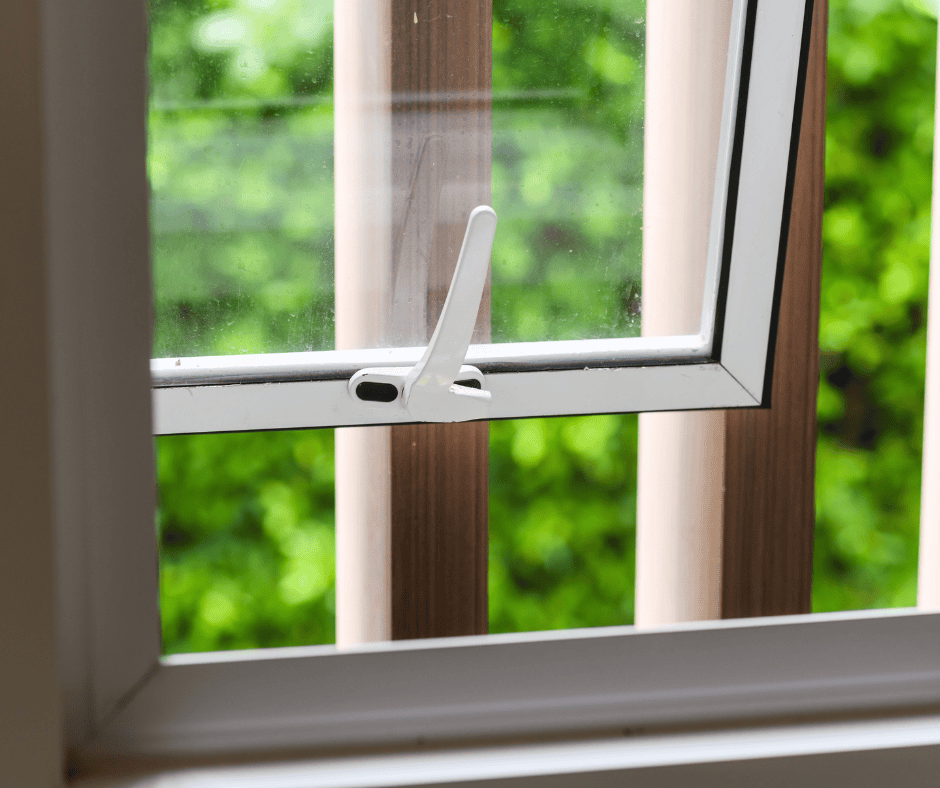Causes of Exterior Window Condensation and How to Handle It
Have you ever stepped outside on a hot summer morning and noticed your windows are fogged up? While it might seem concerning at first, exterior window condensation is usually a good sign that your windows are doing their jobs. In this post, we will explain why it happens, what it means and how to handle it when needed.
What is Exterior Window Condensation?
Exterior condensation forms when moisture in the outside air collects on the outer surface of your windows. It's most common in the early morning or late evening, especially during warm and humid months.
This happens when:
- The glass surface is cooler than the dew points in the surrounding air.
- Warm, moist air comes in contact with the cool surface and condenses.
Common Causes of Window Condensation

High Outdoor Humidity
Hot summer days often come with high humidity levels, especially after a rain or during early mornings. When this humid air hits your cooler window glass, condensation can quickly form.

Cool Glass Surface
Energy-efficient windows are great at insulating your home, but they also keep the inside air cool. On summer mornings, the glass may be much cooler than the outside air, triggering condensation.

Lack of Air Circulation Outside
If your windows are surrounded by shrubs, bushes or fencing, there may be reduced airflow, which allows moisture to settle on the glass.

Sudden Weather Changes
Rapid drops in temperature overnight or sudden spikes in humidity can cause dew to form on many exterior surfaces, including glass.
Is Window Condensation a Problem?
No- in most cases, it’s nothing to worry about. In fact, exterior window condensation means your windows are well-insulated and energy-efficient. They’re keeping the cool indoor air in and blocking outdoor heat from coming through.
However, if you notice condensation between the panes of glass, that’s a different story — it usually indicates a seal failure, and your windows may need repair or replacement. No, in most cases, its nothing to worry about.
How to Handle Window Condensation
While you do not need to "fix" exterior condensation, here are a few things you can do to reduce or manage.
- Improve Outdoor Airflow: Trim bushes or shrubs near your windows to encourage better air circulation around the glass.
- Install Overhangs or Awnings: Overhangs help protect windows from direct exposure to humid air or rainwater that might condense.
- Wait It Out: In most cases, the sun will evaporate condensation by mid-morning. If it bothers you aesthetically, a quick wipe with a dry cloth can remove the moisture.
When to Be Concerned:
Be on the lookout for:
- Condensation between window panes
- Fog that does not go away throughout the day
- Visible water damage or mildew around the frames
These could be signs of a window issue that might require an upgrade.
Exterior window condensation is a normal and healthy sign that your windows are working as intended- keeping your home energy-efficient and protected. If you are noticing any signs of condensation between the glass, it may be time for a window upgrade, it is always a good idea to get a professional opinion.
At Weaver Exterior, we offer expert inspections, energy-efficient window replacements and honest advice- so you can feel confident in your home's comfort year-round.
Contact us today for a free consultation or window assessment.
